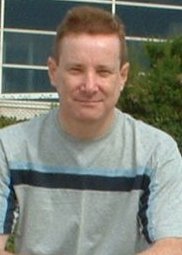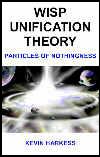Pages: 200
Publisher: Harkess Research
Year: 2003
ISBN: 0954369416
ISBN: 978-0954369415
ISBN: 0954369408
Wisp theory is unique and it explains the fundamental properties of nature in a clear and simple way. In 1978 I had concluded that matter could not possibly be a hard ?something? in a space that was empty, simply because force needs a medium in which to propagate. Fifteen years later, on 11 December 1993 and quite by chance a simple thought occurred to me:
- Fractals form in ?full? space, creating particles that have empty space at their centres.
I knew immediately that this was the correct answer to the mystery of the composition of matter. Our senses convince us that matter is hard and that space is empty. Even the great Sir Isaac Newton held this view. In his treatise Opticks, published in 1704, he wrote in Query 31 about matter being solid, very hard and unbreakable. But our senses deceive us: the reverse is in fact the truth. Reality is effectively a ?photographic negative? of what we perceive.
Empty space is not void, it is full of wisps (the smallest fundamental particles in nature) and hence full of mass, but its mass lies dormant, and only manifests itself when it is disturbed. Disturbances create particles ? fractal shapes ? which lock quantities of wisps together, giving particles unique masses.



